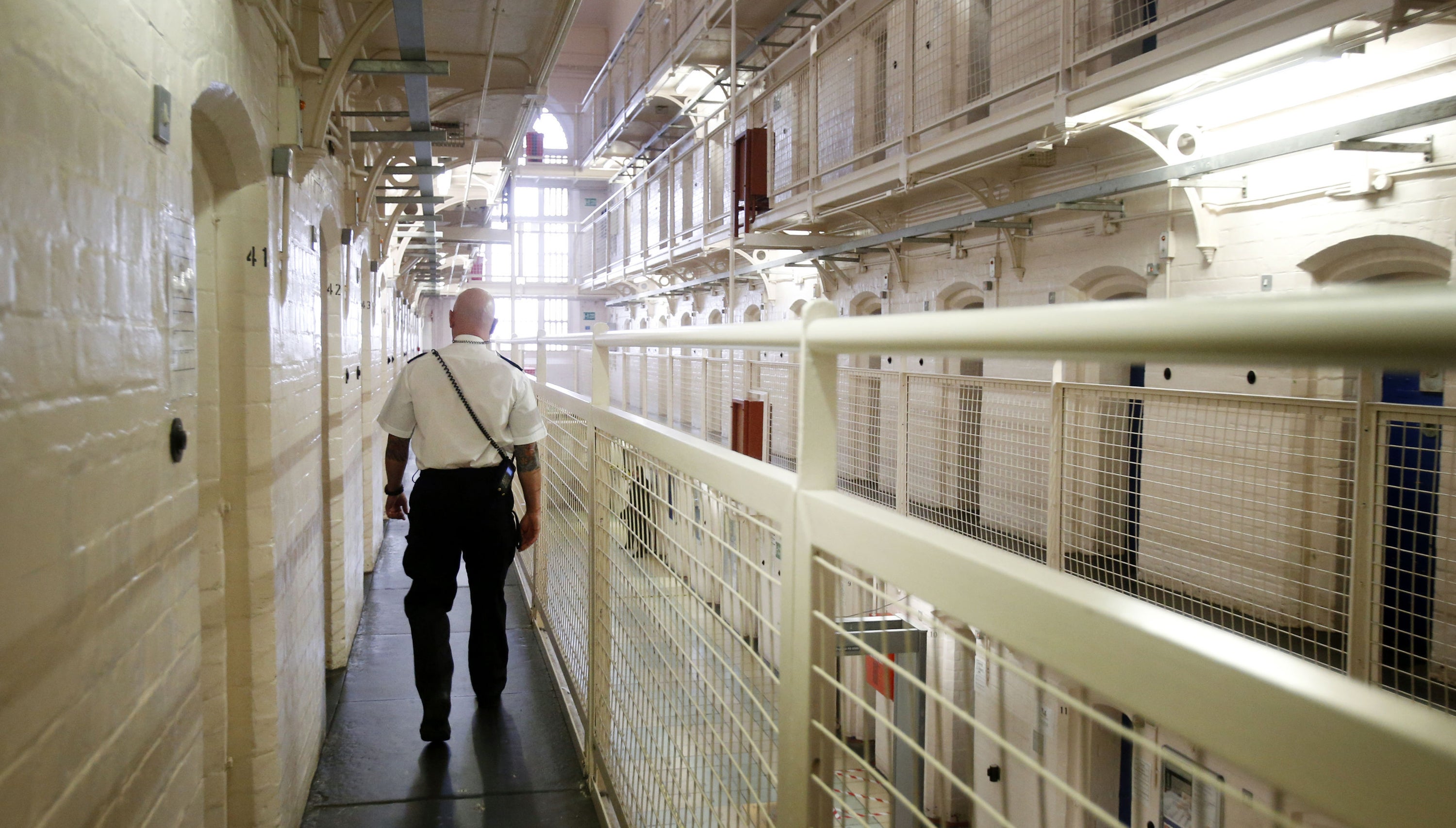Prisons to be set targets to tackle drugs behind bars
National league tables are to be introduced as part of efforts to hold prison governors to account.

Your support helps us to tell the story
From reproductive rights to climate change to Big Tech, The Independent is on the ground when the story is developing. Whether it's investigating the financials of Elon Musk's pro-Trump PAC or producing our latest documentary, 'The A Word', which shines a light on the American women fighting for reproductive rights, we know how important it is to parse out the facts from the messaging.
At such a critical moment in US history, we need reporters on the ground. Your donation allows us to keep sending journalists to speak to both sides of the story.
The Independent is trusted by Americans across the entire political spectrum. And unlike many other quality news outlets, we choose not to lock Americans out of our reporting and analysis with paywalls. We believe quality journalism should be available to everyone, paid for by those who can afford it.
Your support makes all the difference.Prisons in England and Wales will be set targets for the first time to root out drugs and rehabilitate inmates under Government plans.
National league tables are to be introduced as part of efforts to hold prison governors to account on how well they can keep illegal substances out of their jails and get offenders “clean”.
The proposals have been put forward in a White Paper, with prisons minister Victoria Atkins setting out more detail in the Commons on Tuesday.
When young people, and it’s almost invariably young men, end up in in prison, that cannot be a dead end for them
It comes after the Government unveiled a 10-year drugs strategy on Monday. According to ministers, the plan includes the biggest increase in investment and recovery in an attempt to end the cycle of addiction and repeat offending.
Prime Minister Boris Johnson said: “We can’t be recycling young men endlessly in and out of the criminal justice system”, adding that jails “cannot be a dead end” for young people as he set out his intention for inmates to leave jail with “more qualifications and more self-esteem about their chances in the future”.
The Ministry of Justice (MoJ) said it will set “new stringent targets” which will make prisons accountable for the first time on drug rehabilitation.
As well as individual targets being set on drugs testing, the plans will see every prisoner assessed for drug and alcohol addiction on arrival in custody.
Abstinence therapy will be among a range of treatments made available to help cut an “over-reliance on opiate substitutes like methadone”.
The results covering prisons’ success in getting offenders off drugs and alcohol and into education or employment on release would be published in national league tables.
We also want them to come out with more qualifications and more self-esteem about their chances in the future. So basic English and maths and opportunities to learn things… like painting and decorating and other skills that they can use so that they have a passport for their skills when they get out of prison
The MoJ described the announcement as a “renewed drive” to tackle drugs behind bars, following on from previous investment and existing Government policies after pledges made by former ministers.
The plan also pledges “airport-style security” being installed in all newly built prisons. This will include X-ray body scanners, as already in place in existing closed male prisons.
Staff who may be “susceptible to corruption” could also be searched to prevent them from being blackmailed into smuggling illegal goods into jails.
There will be also drug dogs and hand-held scanners at prisons gates, with visitor subject to biometric identification.
During a visit to HMP Isis in south-east London, Mr Johnson said: “When young people, and it’s almost invariably young men, end up in in prison, that cannot be a dead end for them. And we want to stop the drugs coming in.
“So we’re putting in a lot of money for scanners, but we also want them to come out with more qualifications and more self-esteem about their chances in the future. So basic English and maths and opportunities to learn things… like painting and decorating and other skills that they can use so that they have a passport for their skills when they get out of prison.”
He later added: “We can’t be recycling young men endlessly in and out of the criminal justice system.
“So that’s why we’re also investing in stopping the drugs getting into prison, offering them alternatives.”